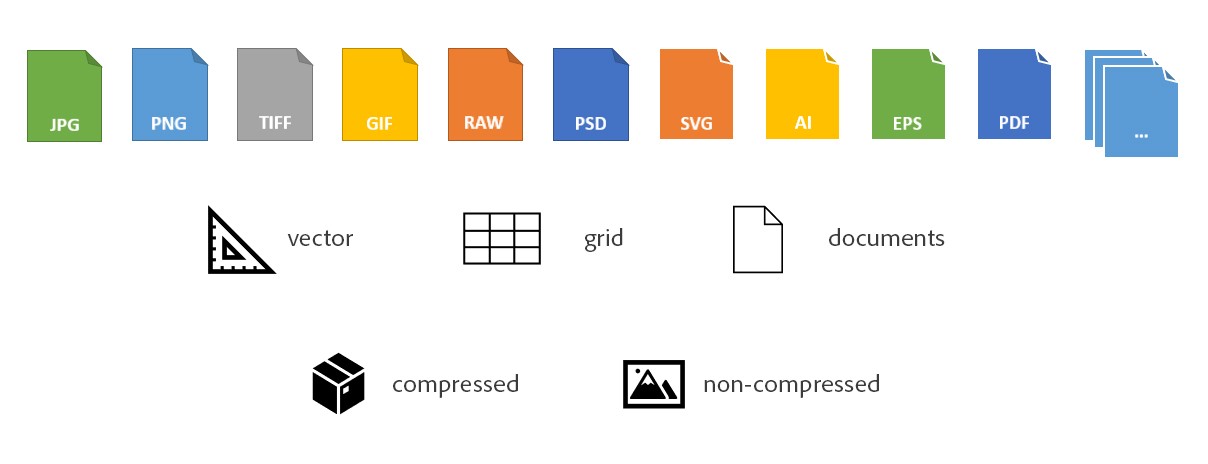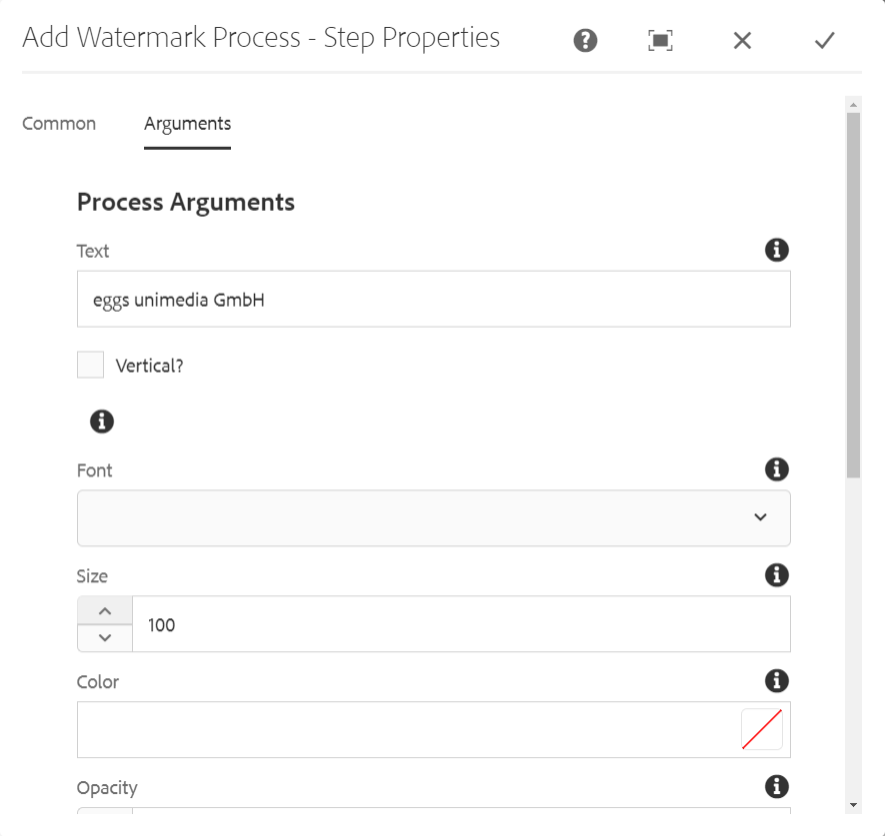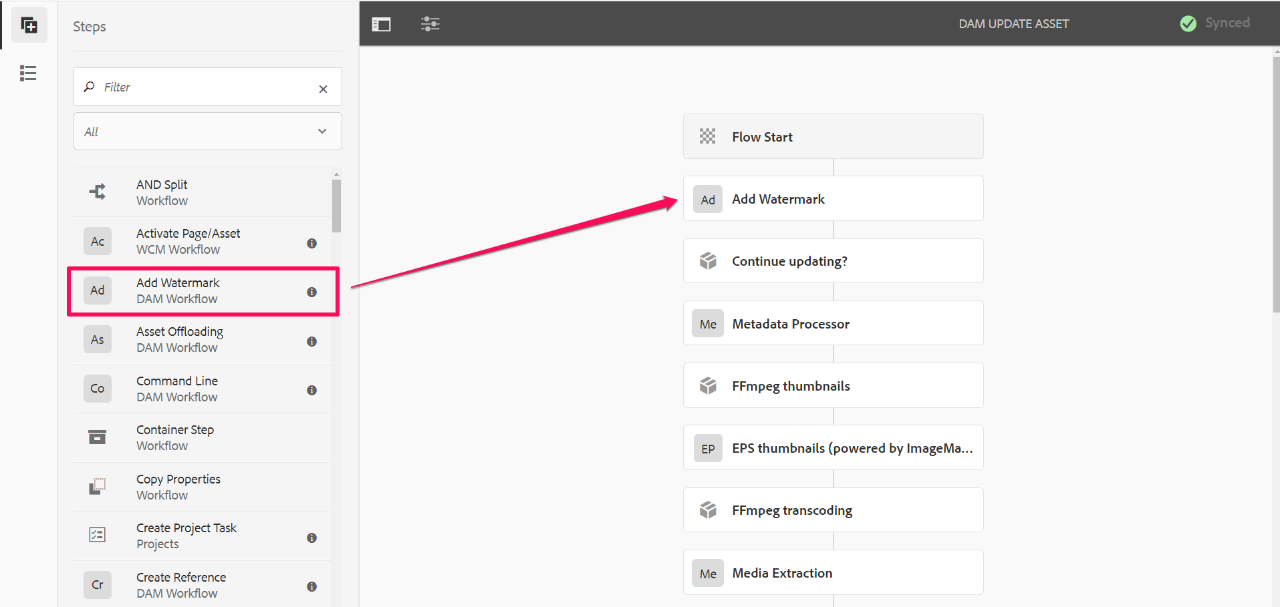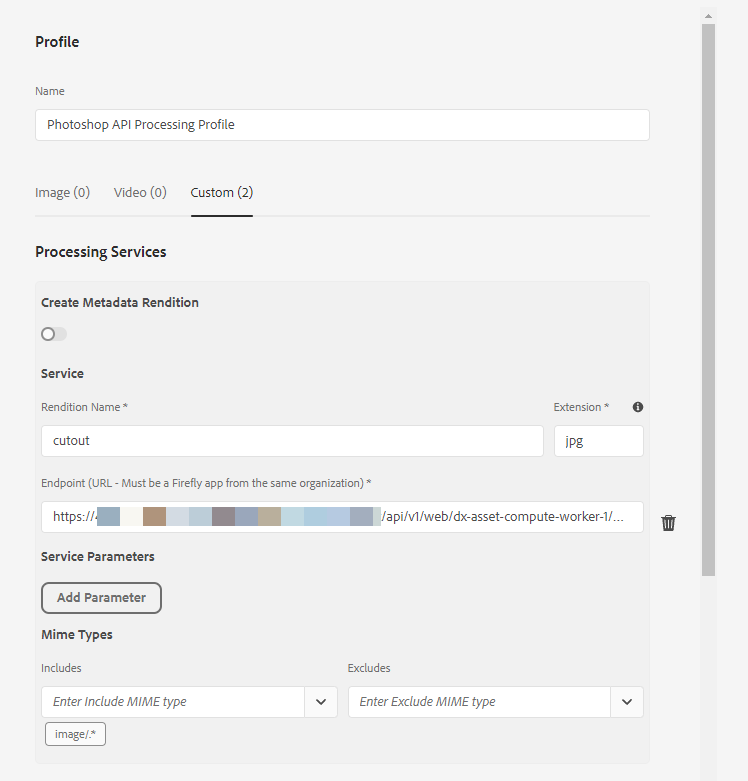Digital assets - more important than ever
Today, digital marketing requires significantly more images and videos than just a few years ago. There are many reasons for this: There is a multitude of device types on which assets are played out. There are different screen sizes - from smartwatches to 8k monitors. In addition, you need an enormous number of assets for target group-specific personalization. Imagine, for example, the content page of a car insurance company. Ideally, each target group, be it a single, a family, a corporate customer, male, female, from the city, from the country, etc. gets its personal address - and also visual language.
Machines can help deliver assets in different versions in an automated way. I will explain how to automate asset processing in AEM in this blog article.









